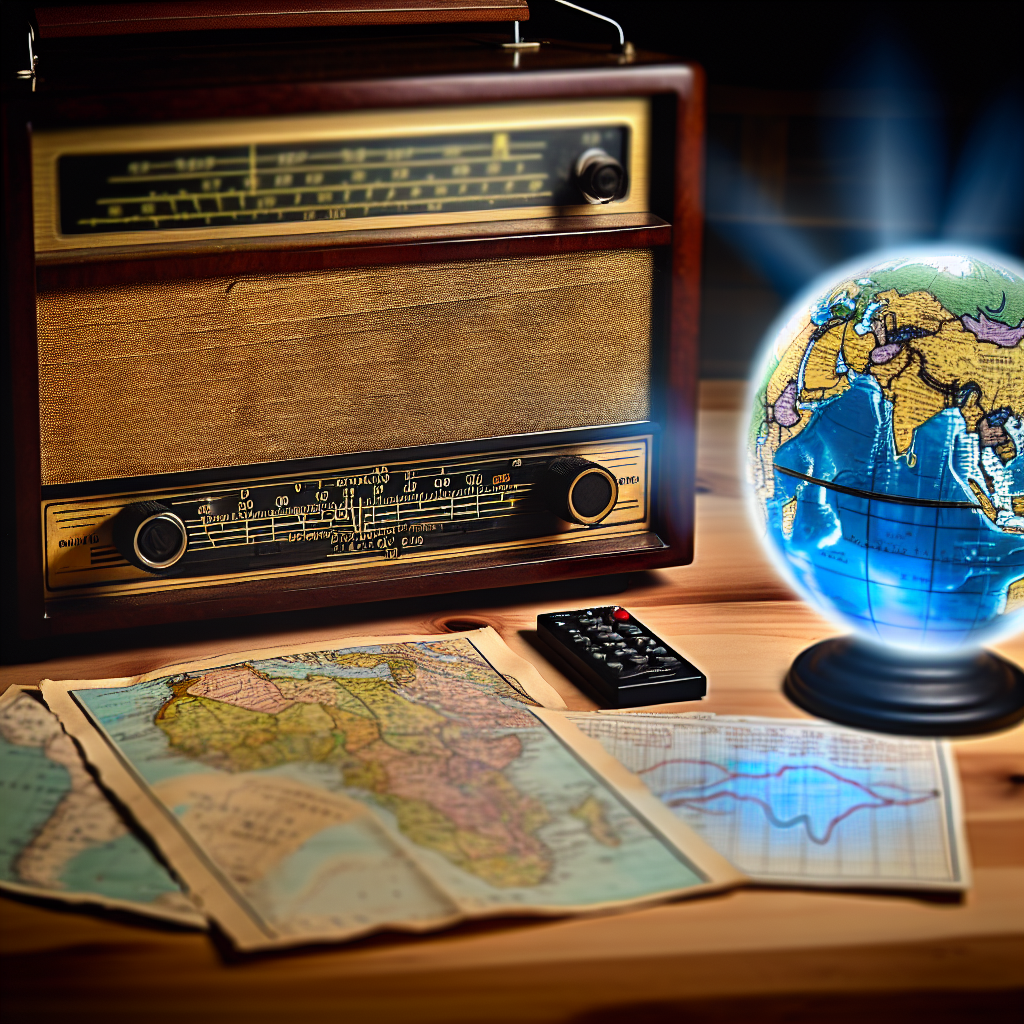Dive into the fascinating world of shortwave radio, a realm where HF radio frequencies reign supreme. This article explores the intricacies of radio spectrum, signal reception, and the art of DXing, offering insights into how these elements shape communication across continents.
Unveiling the Radio Spectrum and Frequency Bands
The radio spectrum, as managed by the International Telecommunication Union (ITU), plays a vital role in facilitating effective communication across diverse technologies. Within this spectrum, High Frequency (HF) radio bands, spanning 3 to 30 MHz, provide a unique niche for both amateur radio operators and commercial broadcasts. The allocation of amateur radio bands, from 160 meters to 10 meters, allows enthusiasts to experiment with various transmission modes, including voice, morse code, and digital signals. This meticulous organization of frequency bands ensures that services like AM broadcasts, international news radio, and military communications coexist without interference, promoting global telecommunication efficiency.
The Intricacies of Radio Propagation
Radio propagation is a critical aspect of shortwave communication, enabling signals to traverse vast distances. The two primary methods are skywave and groundwave propagation. Skywave propagation, reliant on the ionosphere, allows signals to reflect off atmospheric layers, significantly enhancing long-distance communication. Changing ionospheric conditions, influenced by solar activity, create opportunities for successful long-range connections, vital for amateur radio operators and global broadcasts alike.
Conversely, groundwave propagation travels along the Earth’s surface, typically effective over shorter distances. While less suited for long-range DXing, it remains crucial for reliable AM broadcasts and situational communications when the skywave is unreliable. Understanding these methods is integral for maintaining robust communication links, especially in emergencies or during travel.
Enhancing shortwave signal reception leverages these propagation characteristics, ensuring clarity in an ever-connected world.
Mastering Antenna Tuning and Signal Reception
Antenna tuning is crucial for optimizing shortwave and HF radio signal reception, enhancing clarity and range significantly. By adjusting antenna length and configuration according to frequency bands, amateur radio enthusiasts can dramatically improve both audio quality and reception capabilities. This process becomes especially vital during emergencies, when reliable communication is paramount. A well-tuned antenna facilitates better DXing, enabling users to pick up distant international broadcasts. Portable shortwave radios, like the Sony ICF-SW7600, can benefit greatly from optimized antenna setup, aiding in global connectivity and effective dissemination of crucial information during disasters.
Shortwave Radios and Their Technological Evolution
The evolution of shortwave radios from analog models to digital receivers marks a significant leap in radio technology. Early *analog shortwave radios*, often recognized for their simplicity and robust design, laid the groundwork for today’s more sophisticated models. Devices like the *Tecsun PL-880* and *Grundig* series epitomize this transformation, incorporating *digital signal processing* that enhances clarity and selectivity, crucial for receiving international news broadcasts.
These modern receivers allow access to a broader spectrum of global content, ensuring that even remote or rural audiences stay connected. Their portability and user-friendly interfaces have also made them indispensable in emergency communication scenarios, underscoring their relevance in both disaster preparedness and daily use.
DXing and the Radio Hobby’s Enduring Appeal
DXing represents a thrilling aspect of the shortwave radio hobby, where enthusiasts embark on journeys to uncover distant signals from around the globe. The challenge lies in tuning into elusive frequencies and confirming reception through the exchange of QSL cards, tangible proof of successful communication. Vintage shortwave radios often play a pivotal role in this pursuit, offering a nostalgic connection to the past while enhancing reception capabilities. Collectors treasure models like the Sony ICF-SW7600, appreciating their robust performance. Additionally, DXers engage in international communication challenges, sharing techniques for optimizing antenna tuning and enhancing signal reception, fostering a community passionate about the art of shortwave listening.
In a Nutshell
Shortwave radio remains a vital communication tool across various domains, from amateur enthusiasts to emergency services. Its ability to transcend boundaries through HF frequencies showcases its undeniable importance in both historical and modern contexts.

Leave a Reply
You must be logged in to post a comment.